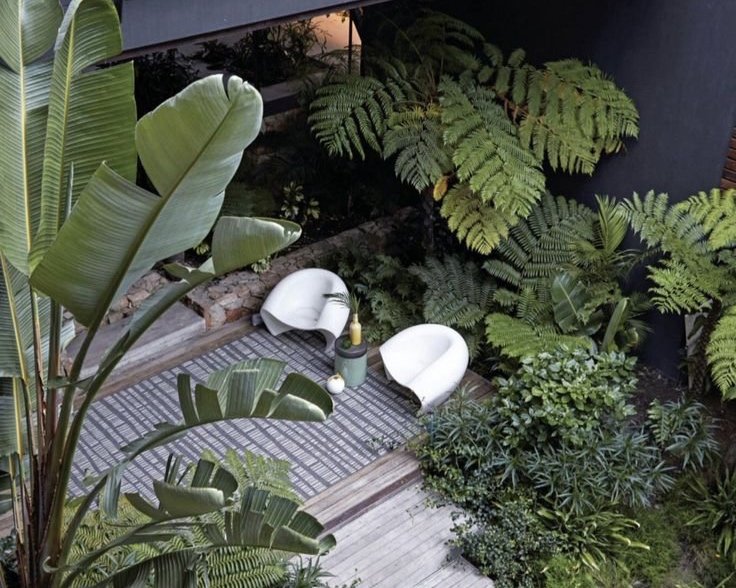
Landscapes +
Landscape architecture is an essential component of creating meaningful, sustainable environments that enrich human experiences.
Landscape architecture is a vital discipline that integrates the natural environment with human-made spaces, enhancing the functionality, aesthetics, and ecological health of our surroundings. The importance of this field extends beyond mere beautification; it plays a crucial role in creating holistic experiences that resonate with users, promote sustainability, and harmonize with architectural designs. Aesthetic landscaping significantly contributes to the overall experience of a space. It sets the tone for how individuals perceive and interact with their environment. Thoughtfully designed landscapes can evoke emotions, provide comfort, and create a sense of place. Elements such as color, texture, and form in landscaping can influence mood and behavior, transforming outdoor areas into inviting extensions of interior spaces. A well-executed landscape serves as a seamless transition from the built environment to nature, enhancing user satisfaction and engagement.
Incorporating indigenous plants and materials is essential for creating cohesive natural surroundings. Indigenous plants are adapted to local climates and require less maintenance, water, and chemical inputs, making them sustainable choices for landscaping. They support local ecosystems, providing habitats for wildlife and promoting biodiversity. Using local materials in landscape architecture not only enhances the aesthetic appeal but also ensures that the design resonates with the cultural and historical context of the area. This approach fosters a sense of authenticity, connecting the landscape to its surroundings and creating a harmonious relationship between nature and architecture.
The relationship between landscape architecture, facade design, and interior spaces is integral to creating cohesive environments. A well-designed facade can reflect the surrounding landscape, using similar materials, colors, and forms to create a unified appearance. This continuity extends into the interior, where design elements can mirror the natural themes present outside, forging a strong connection between indoor and outdoor spaces. For example, large windows or sliding doors can invite views of the landscape indoors, blurring the lines between the exterior and interior realms. Furthermore, the thoughtful placement of outdoor spaces, such as patios, gardens, and pathways, can enhance the functionality of interiors, providing areas for relaxation, social interaction, and recreation. This seamless integration encourages a lifestyle that embraces nature, promoting well-being and enhancing the overall living experience.
Landscape architecture is an essential component of creating meaningful, sustainable environments that enrich human experiences. By emphasizing aesthetic landscaping, utilizing indigenous plants and materials, and ensuring harmony with facade design and interiors, landscape architects can craft spaces that are not only visually appealing but also ecologically responsible and culturally relevant. This multifaceted approach ultimately transforms landscapes into vibrant, engaging, and cohesive settings that foster a deep connection to nature and enhance the quality of life for all who inhabit them.


